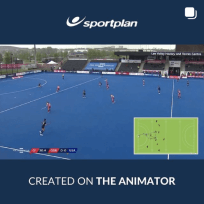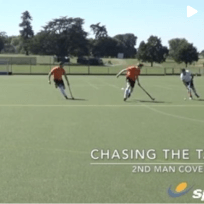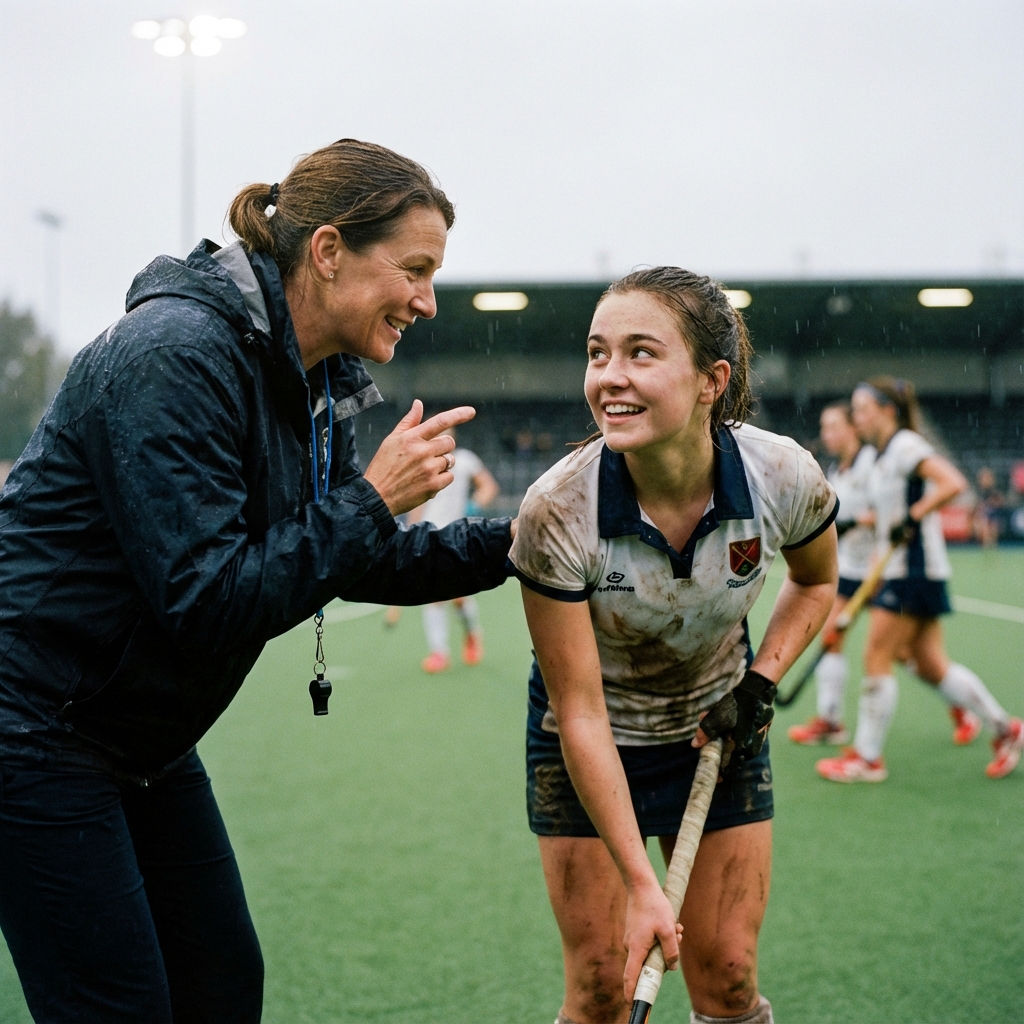Defending against 2 center halves
Hi can you help me setting a defence against a team playing 2 centre halves. My team plays conventional style 5321 . Thanks





In essence the opponents are overloading midfield: playing four against your three (IR/CH/IL). The first question is: where are your opponents getting the extra man in midfield from?
If it is an opposition forward operating in midfield, you have four defenders marking two players: so itâs easy to push one of your back four (RH/RB/LB or LH) into midfield negating the overload. When playing a more zonally based 5:3:2:1 system: different defenders can pick up the free midfield player dependant on where they appear and where the ball is positioned: it really is all about angles and distances and thus passing options (or the lack thereof). Communication is absolutely paramount: done successfully this method retains the structural integrity of your team.
If your opposition are rolling one of the back four into midfield going three at the back, then you have several options:
- You can play with two forwards and drop one forward into midfield to play four in midfield.
- You can move your spare Full Back into midfield, creating a four v four in midfield
- You can compress the game by retreating and playing half court, starting to defend from the half way line or even deeper, closing down receivers and intercepting passes over short distances
The choice of method really depends on your teams strengths relative to your opponents. In choices 1. and 3. you cede the initiative to your opponents by defending deep and look to counter attack. On choice 2. you can push high up the field, but skilful midfield movement by your opponents can expose your defenders one versus one in plenty of space: how good are your defenders in this situation?
As with so many tactical and strategic questions there is no right answer but given your teams natural 5:3:2:1 style then number 2 may be more natural and attack minded.
One word of caution I havenât seen a team play 5:3:2:1 for thirty years although many profess to do so. Perhaps another question for another day!
In essence the opponents are overloading midfield: playing four against your three (IR/CH/IL). The first question is: where are your opponents getting the extra man in midfield from?
If it is an opposition forward operating in midfield, you have four defenders marking two players: so itâs easy to push one of your back four (RH/RB/LB or LH) into midfield negating the overload. When playing a more zonally based 5:3:2:1 system: different defenders can pick up the free midfield player dependant on where they appear and where the ball is positioned: it really is all about angles and distances and thus passing options (or the lack thereof). Communication is absolutely paramount: done successfully this method retains the structural integrity of your team.
If your opposition are rolling one of the back four into midfield going three at the back, then you have several options:
- You can play with two forwards and drop one forward into midfield to play four in midfield.
- You can move your spare Full Back into midfield, creating a four v four in midfield
- You can compress the game by retreating and playing half court, starting to defend from the half way line or even deeper, closing down receivers and intercepting passes over short distances
The choice of method really depends on your teams strengths relative to your opponents. In choices 1. and 3. you cede the initiative to your opponents by defending deep and look to counter attack. On choice 2. you can push high up the field, but skilful midfield movement by your opponents can expose your defenders one versus one in plenty of space: how good are your defenders in this situation?
As with so many tactical and strategic questions there is no right answer but given your teams natural 5:3:2:1 style then number 2 may be more natural and attack minded.
One word of caution I havenât seen a team play 5:3:2:1 for thirty years although many profess to do so. Perhaps another question for another day!















